So you want to learn about gapless candlestick patterns, huh?
Smart choice.
Recognizing different types of candlestick patterns is a useful skill all traders should master.
Here, we will go over the top 4 candlestick patterns without gaps.
Identifying Candlestick Patterns without Gaps
Curiously, many of the most well-known candlestick patterns have gaps.
It probably has something to do with the fact that gaps are more common in traditional markets. However, that doesn’t mean gapless patterns are more uncommon than ones with gaps. In fact, it’s probably the opposite.
Regardless, all candlestick patterns work the same way. They may have two candlesticks, three candlesticks, or five candlesticks. Some are reversal patterns while others are continuation patterns.
None guarantee future outcomes but instead represent the past.
The only significant differences between candlestick patterns without gaps are:
- Candlestick patterns with gaps are more likely to occur in traditional markets.
- Patterns without gaps have slightly more straightforward criteria.
Either way, it is crucial to wait for the full pattern to complete before you give it any weight. It’s quite common for a group of candlesticks to begin to form a recognizable pattern only for the final candle to break the formation. So always wait for the final candle to close before you label any group of candlesticks a “pattern.”
Furthermore, experienced traders use additional points of confirmation for a signal before making any trading decisions. Oftentimes, candlestick patterns are better suited as final confirmation for the reversal or continuation.
Still, you have to learn to see them if you’re ever going to be able to use them.
Here are the top 4 of the most well-known candlestick patterns without gaps in alphabetical order:
Doji Star
A doji star pattern is a 3-candlestick formation that may signal a reversal.
It is made up of a large candle moving in the direction of current trend, a doji, and another large candle that moves in the opposite direction of the first (and trend).
It comes in both bearish and bullish variations, known respectively as the evening doji star and morning doji star.
Bearish ones look like this:
Bullish ones look like this:
In trading terms:
- During the first period, the price drove strongly in the same direction as the overall trend.
- During the second period, neither side was able to maintain control.
- During the third period, price drove strongly in the opposite direction of the first period and trend.
Doji star patterns show that one side attempted to press their advantage on candle one, stalled on candle two, and finally surrendered all the momentum on candle three.
Pattern Type: Reversal
Number of Candlesticks: 3
Looks Like/Narrative Meaning: U-turn or counterpunch
Technical Specifications***
Technically, a doji star pattern must:
- Begin with a long candle moving with trend
- End with a candle of similar size moving against trend
- Have any doji other than a four-price doji as the second candle
- Contain no gaps
In practicality though, many traders will make various exceptions.
- The first and third candles can be different lengths, as long as they are both long line candles and/or test important price levels.
- The second candle doesn’t necessarily have to be a doji, as long as it is a short line candle.
- There can be more than one doji (or short candle) between the first and final candlestick.
***Depending on who you ask, any of these standards may be more or less important. Moreover, some of these variations may be more properly classified as other reversal candlestick patterns.
Related Patterns
- Similar to Abandoned Baby Pattern
- Similar to Star Pattern
For more detail, read our full breakdown on How to Trade Doji Star Candlestick Patterns.
Star
A star pattern is a 3-candlestick formation that may signal a reversal.
It is made up of a large candle moving in the direction of current trend, a short candle, and another large candle that moves in the opposite direction of the first (and trend).
It comes in both bearish and bullish variations, known respectively as the evening star and morning star.
Bearish ones look like this:
Bullish ones look like this:
In trading terms:
- During the first period, the price drove strongly in the same direction as the overall trend.
- During the second period, neither side was able to maintain control.
- During the third period, price drove strongly in the opposite direction of the first period and trend.
Star patterns show that one side attempted to press their advantage on candle one stalled on candle two, and finally surrendered all the momentum on candle three.
Pattern Type: Reversal
Number of Candlesticks: 3
Looks Like/Narrative Meaning: U-turn or counterpunch
Technical Specifications***
Technically, a star pattern must:
- Begin with a long candle moving with trend
- End with a candle of similar size moving against trend
- Have a short candle as the second candle
- Contain no gaps
In practicality though, many traders will make various exceptions.
- The first and third candles can be different lengths, as long as they are both long line candles and/or test important price levels.
- There can be more than one short candle between the first and final candlestick.
- There can be one or more gaps, as long as the overall structure remains the same.
***Depending on who you ask, any of these standards may be more or less important. Moreover, some of these variations may be more properly classified as other reversal candlestick patterns.
Related Patterns
- Similar to Abandoned Baby Pattern
- Similar to Doji Star Pattern
For more detail, read our full breakdown on How to Trade Star Candlestick Patterns.
Three Methods
A three methods pattern is a 5-candlestick formation that may signal a continuation.
It is made up of a large candlestick moving in the direction of current trend, followed by three shorter candles that move against trend but do not close beyond the open of the first candle, then another large candle that closes beyond all prior candles in the direction of trend.
It comes in both bearish and bullish variations, known respectively as the falling three methods and rising three methods.
Bearish ones look like this:
Bullish ones look like this:
In trading terms:
- During the first period, the price drove strongly in the direction of trend.
- During the next three periods, price traded against trend but never closed beyond the open of the first period.
- During the fifth period, price resumed and exceeded the movement of the first period.
Three methods patterns show that one side attempted to press their advantage on candle one, stalled for the next three candles, before finally regaining control and pressing trend further.
Pattern Type: Continuation
Number of Candlesticks: 5
Looks Like/Narrative Meaning: one-sided beatdown or near-knockout blow
Technical Specifications***
Technically, a three methods pattern must:
- Begin with a long candle moving with trend
- Have three consecutive short candlesticks after the first candlestick, that move against trend
- Not have any of the middle candles close beyond the open of the first candle
- End with another long candle moving with trend, that closes beyond the body and wicks of all prior candles in the pattern
In practicality though, many traders will make various exceptions.
- The first candle doesn’t necessarily have to be a long candle, as long as none of the smaller candles close beyond the first candle’s open.
- The middle three candles don’t all have to be short candlesticks and move against the trend, as long as none close beyond the open of the first candle.
- The final candle doesn’t necessarily have to close beyond all the wicks of the prior candles, as long as it closes beyond the bodies.
***Depending on who you ask, any of these standards may be more or less important. Moreover, some of these variations may be more properly classified as other continuation candlestick patterns.
Related Patterns
- Similar to Mat Hold Pattern
For more detail, read our full breakdown on How to Trade Three Methods Candlestick Patterns.
Tweezers
A tweezers pattern is a 2-candlestick formation that may signal a reversal.
It is made up of a large candlestick moving in the direction of trend followed by another one moving against trend. The wicks must be nearly even on the trend side of both candles and the first close must match the second open.
It comes in both bearish and bullish variations, known respectively as the tweezer top and tweezer bottom.
Bearish ones look like this:
Bullish ones look like this:
In trading terms:
- During the first period, the price drove strongly in the direction of trend but pulled back slightly before closing.
- During the second period, price begins moving in the direction of trend until it reaches the high or low of the previous period before switching directions to drive (and close) against trend.
Tweezers patterns show that one side attempted to press their advantage on candle one but lost their momentum sometime in the middle of candle two.
Pattern Type: Reversal
Number of Candlesticks: 2
Looks Like/Narrative Meaning: an about-face or price action 180
Technical Specifications***
Technically, a tweezers pattern must:
- Begin with a long candle moving with trend that has a wick in the direction of trend, such as a belt hold candlestick
- End with a long candle moving against trend that has a wick that matches the wick of the first candle
In practicality though, many traders will make various exceptions.
- The second candle doesn’t necessarily have to be a long candle as long as the wicks of both candles are even.
- The wicks don’t have to match exactly as long as both candles are long candles in which the open of the second matches the close of the first.
- The candles don’t necessarily have to have wicks as long as the candle bodies are nearly identical in size.
***Depending on who you ask, any of these standards may be more or less important. Moreover, some of these variations may be more properly classified as other reversal candlestick patterns.
Related Patterns
- none
For more detail, read our full breakdown on How to Trade Tweezer Candlestick Patterns.
Takeaways
Obviously, there are quite a few different candlestick patterns.
However, you don’t have to memorize all the names and exact specifications. Instead, focus on the principles of price action and technical analysis. That way, you’ll see what is going on with any candlestick formation, whether it fits into one of these categories or not.
At the end of the day, understanding candlestick patterns is only one piece of the puzzle. You’ll need more tools in the toolkit to read the full story in the charts—and even more than that if you want to put together a complete trading strategy.
Know of an important candlestick pattern we missed? Have some special insight into trading a specific pattern? Contribute to the conversation in the comments below! Or, share this post with a trader it might help. And if you haven’t already, check out our Candlestick Patterns Guide to learn the best ways to trade candlestick patterns.

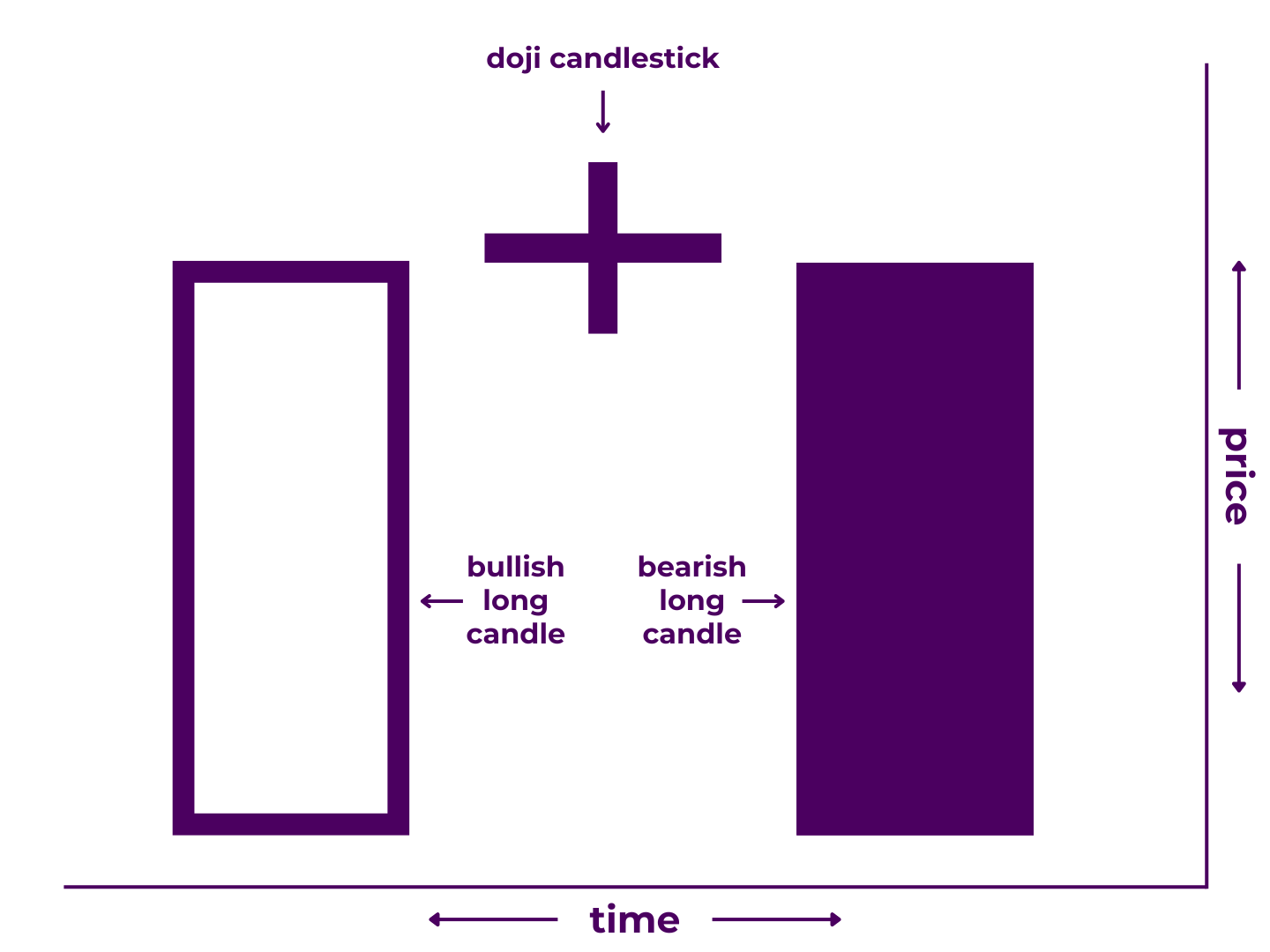
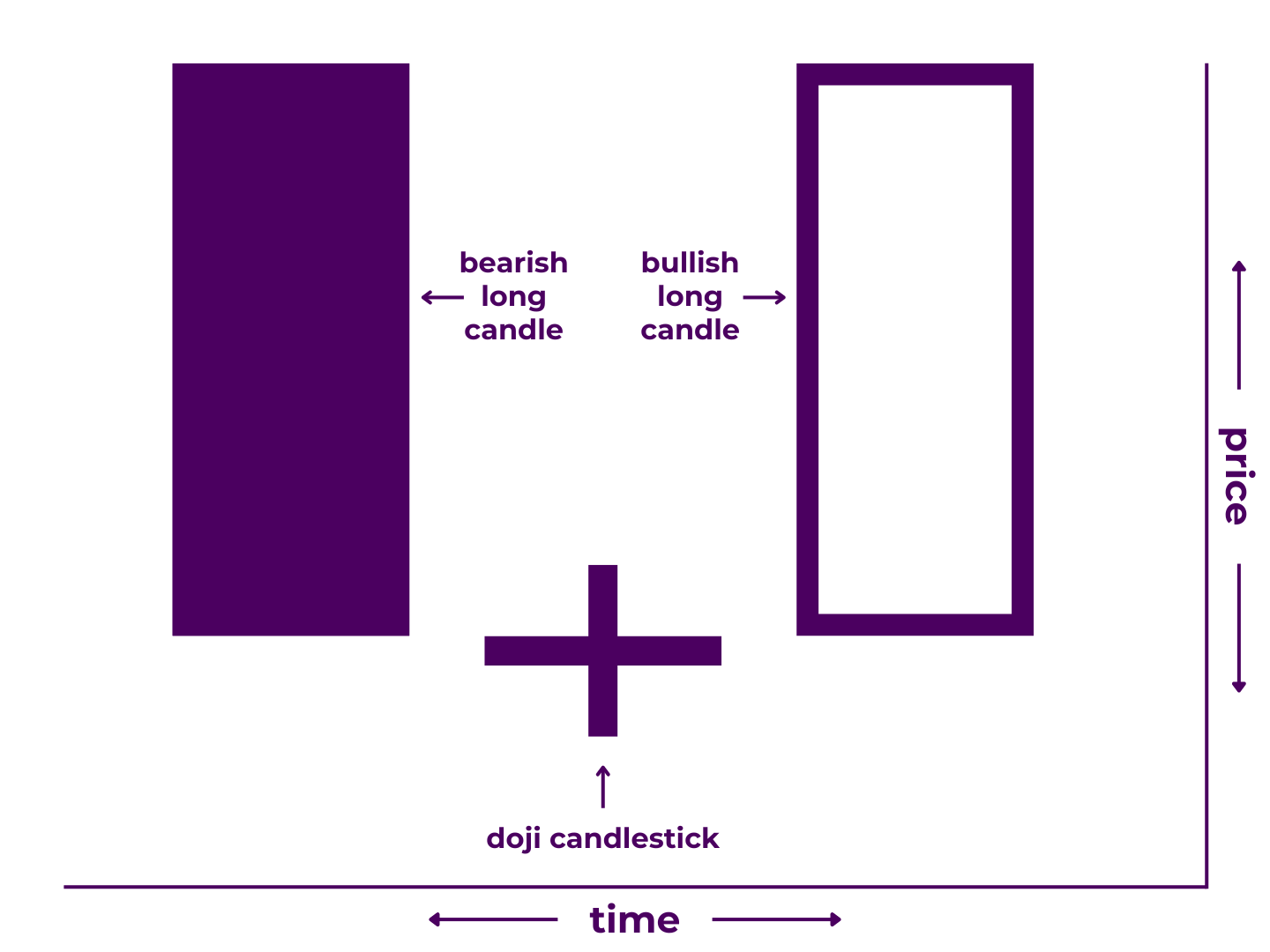
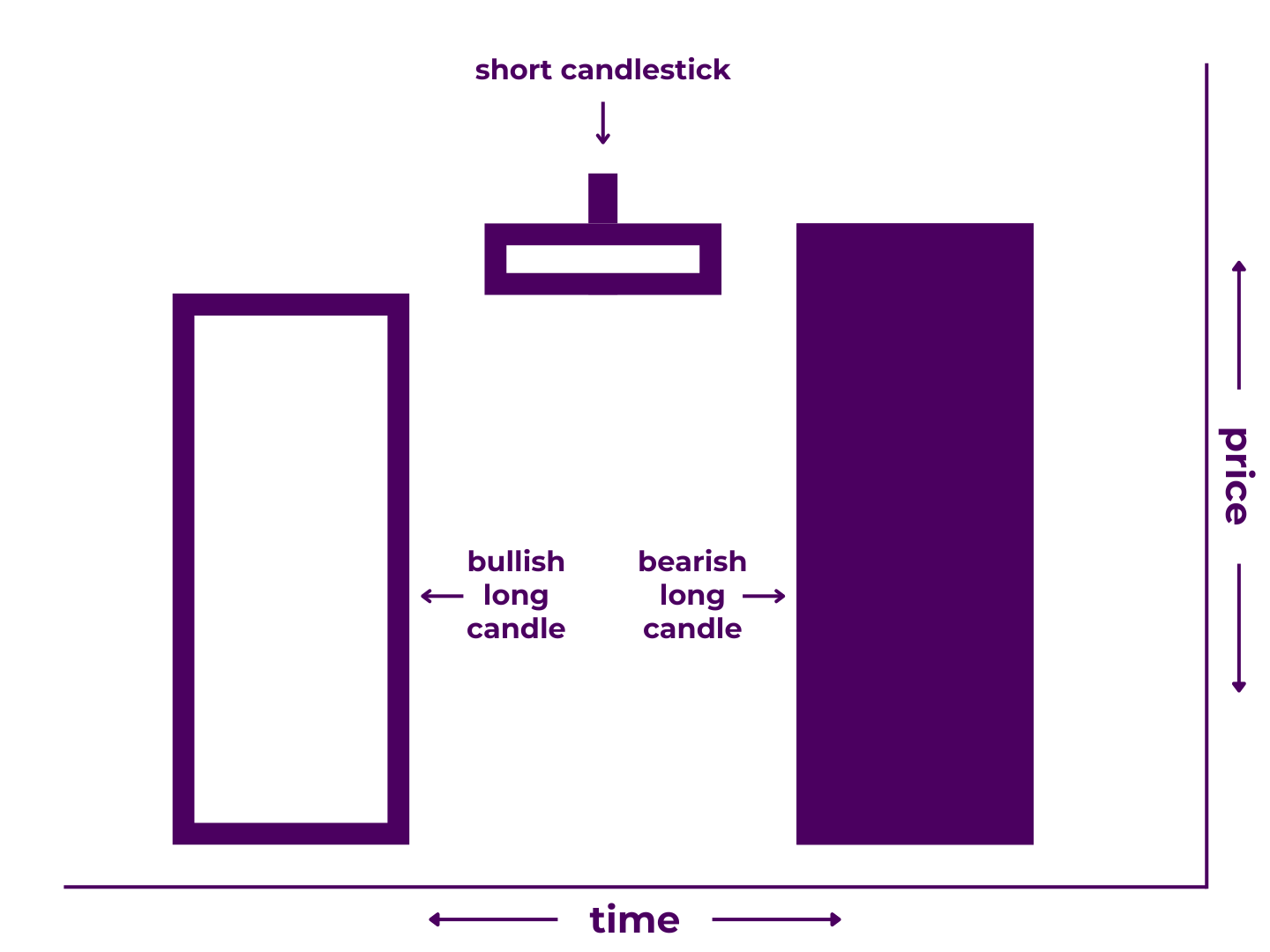
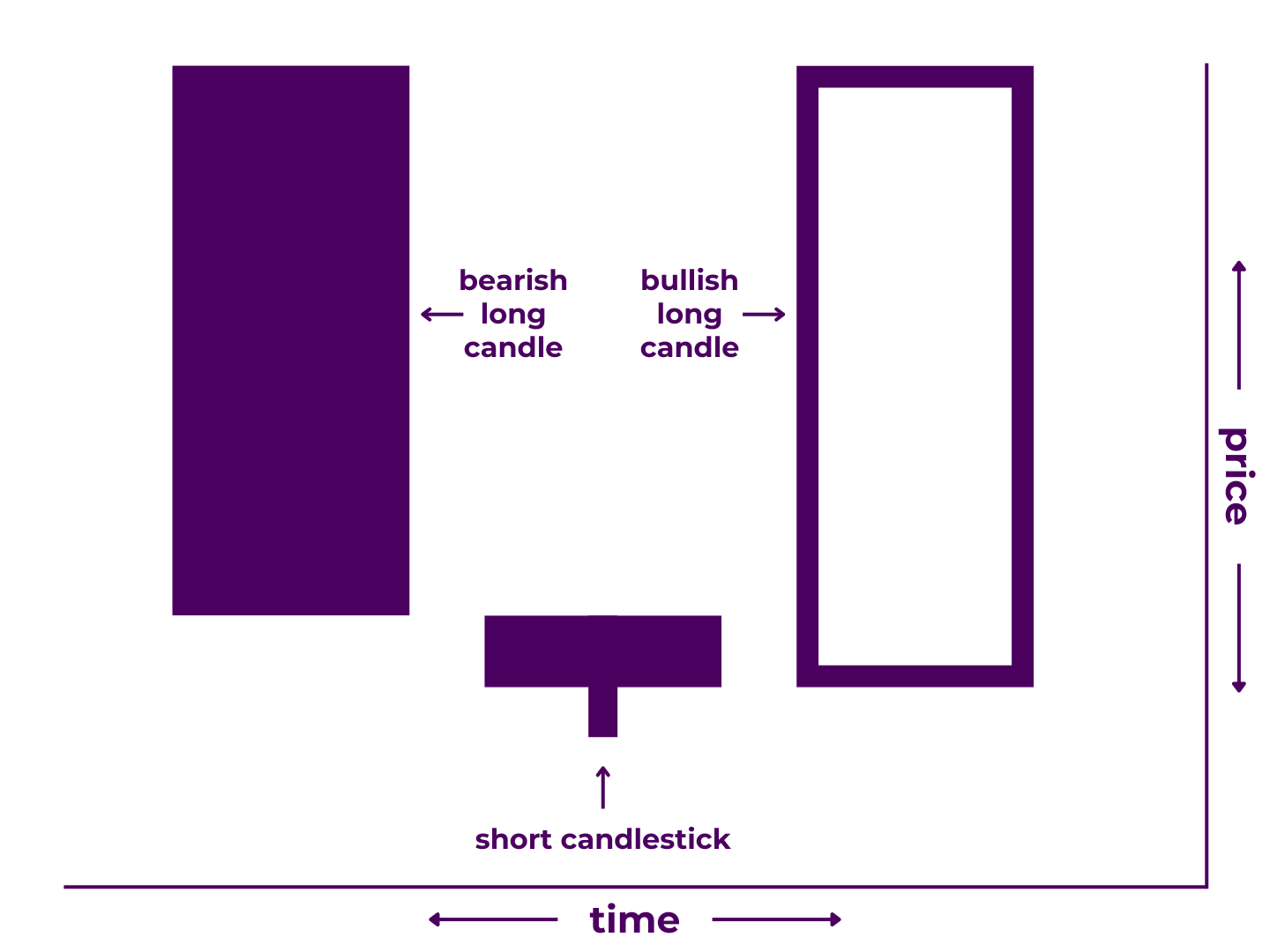
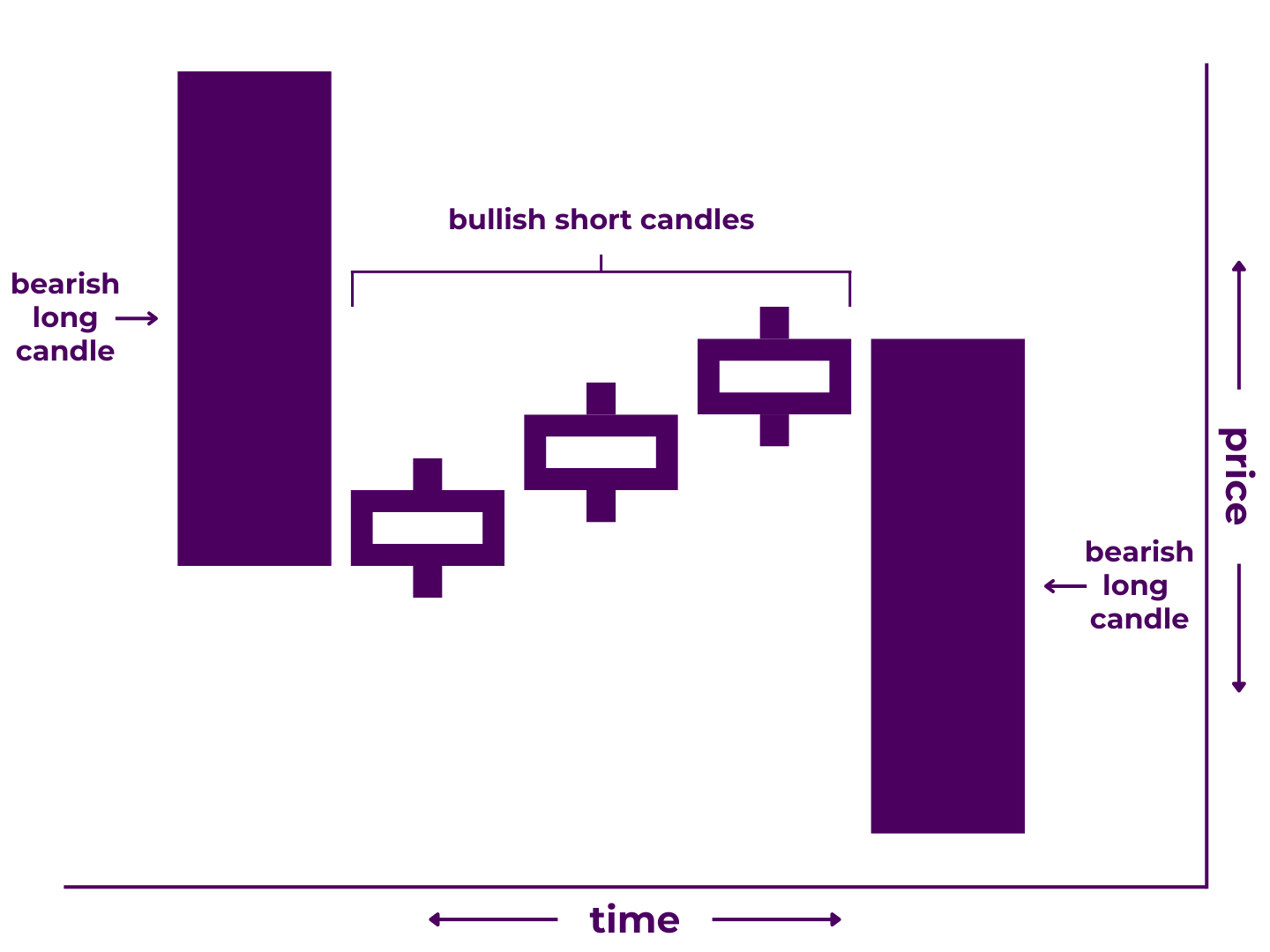
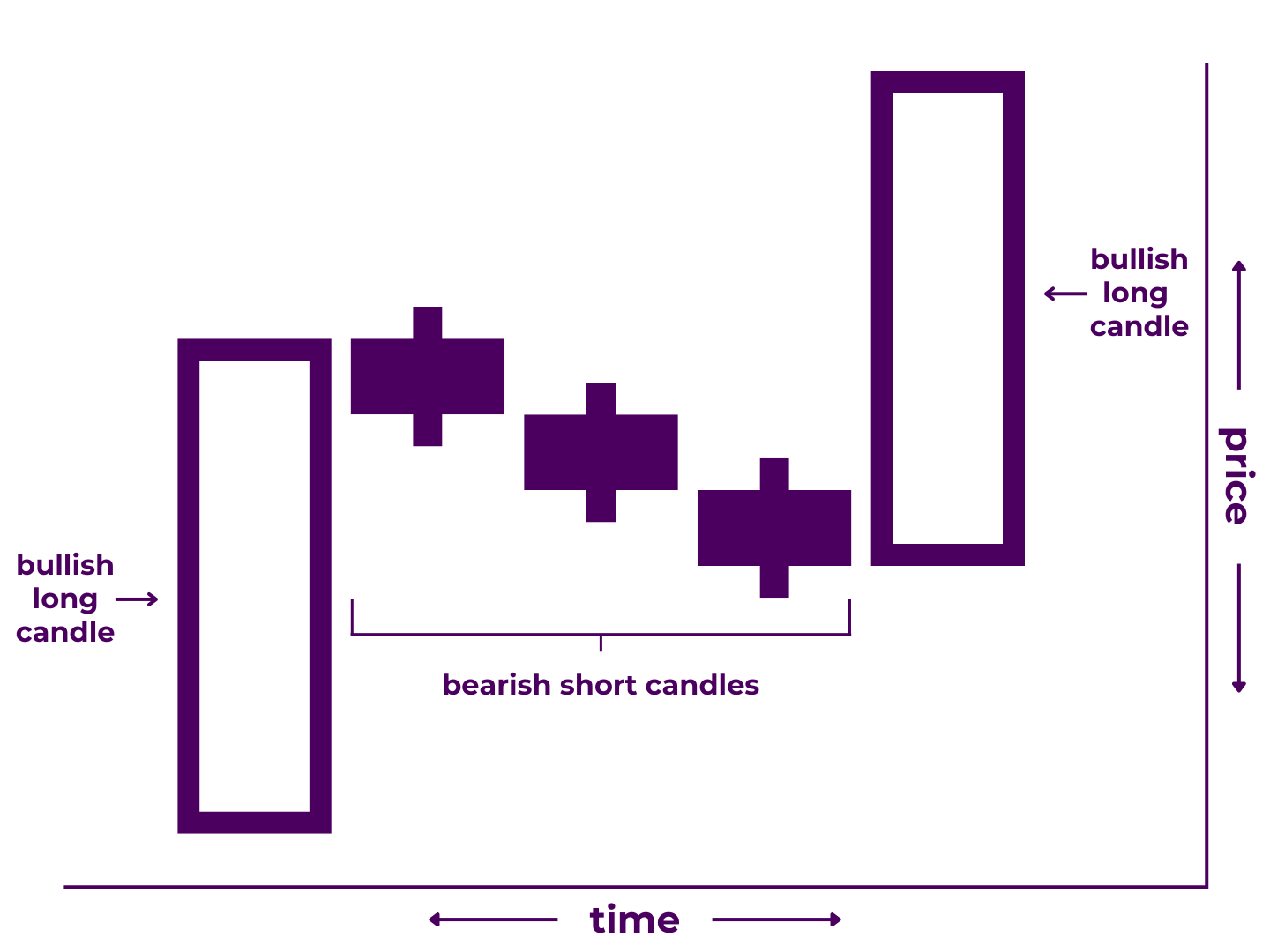
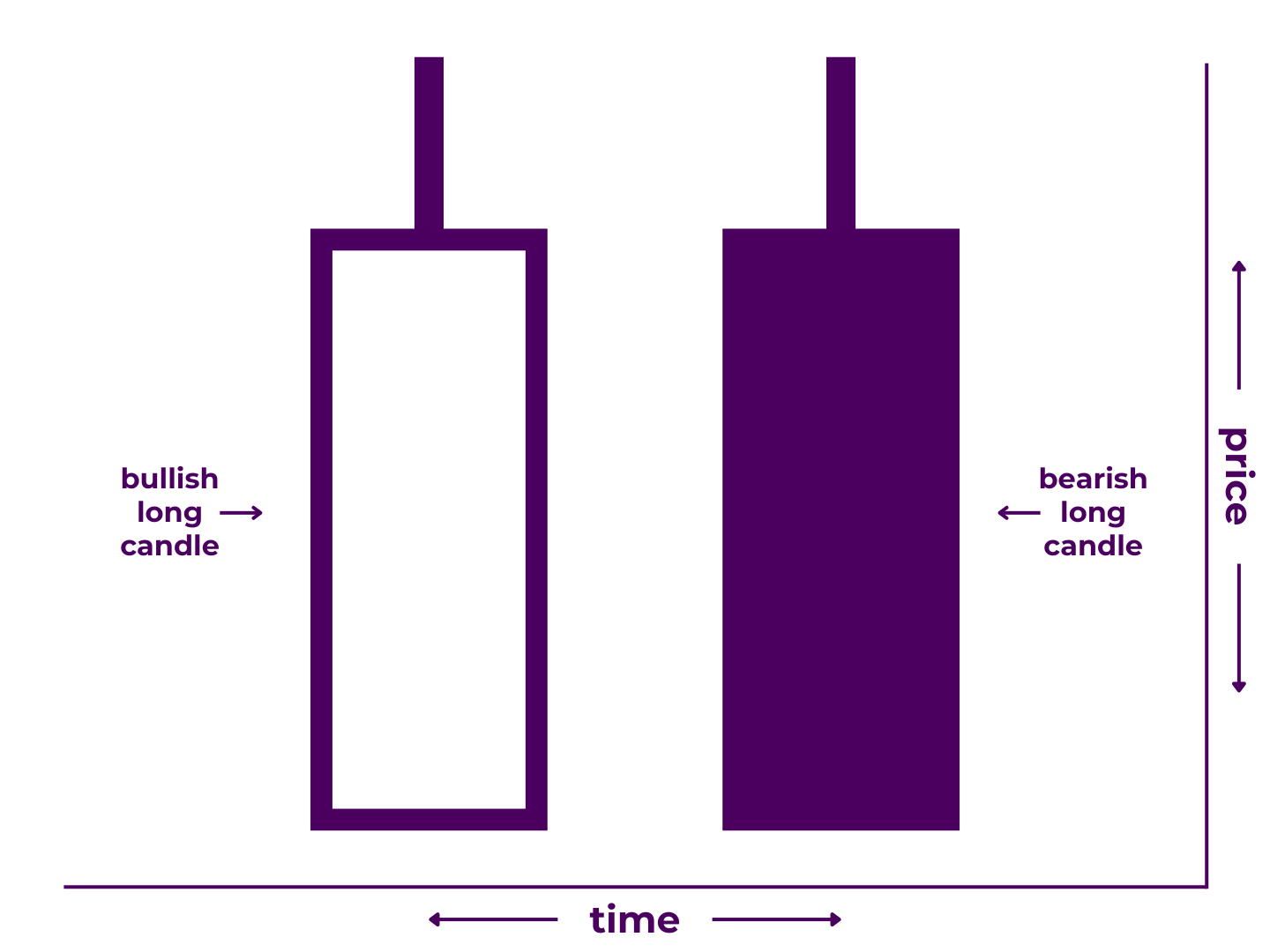
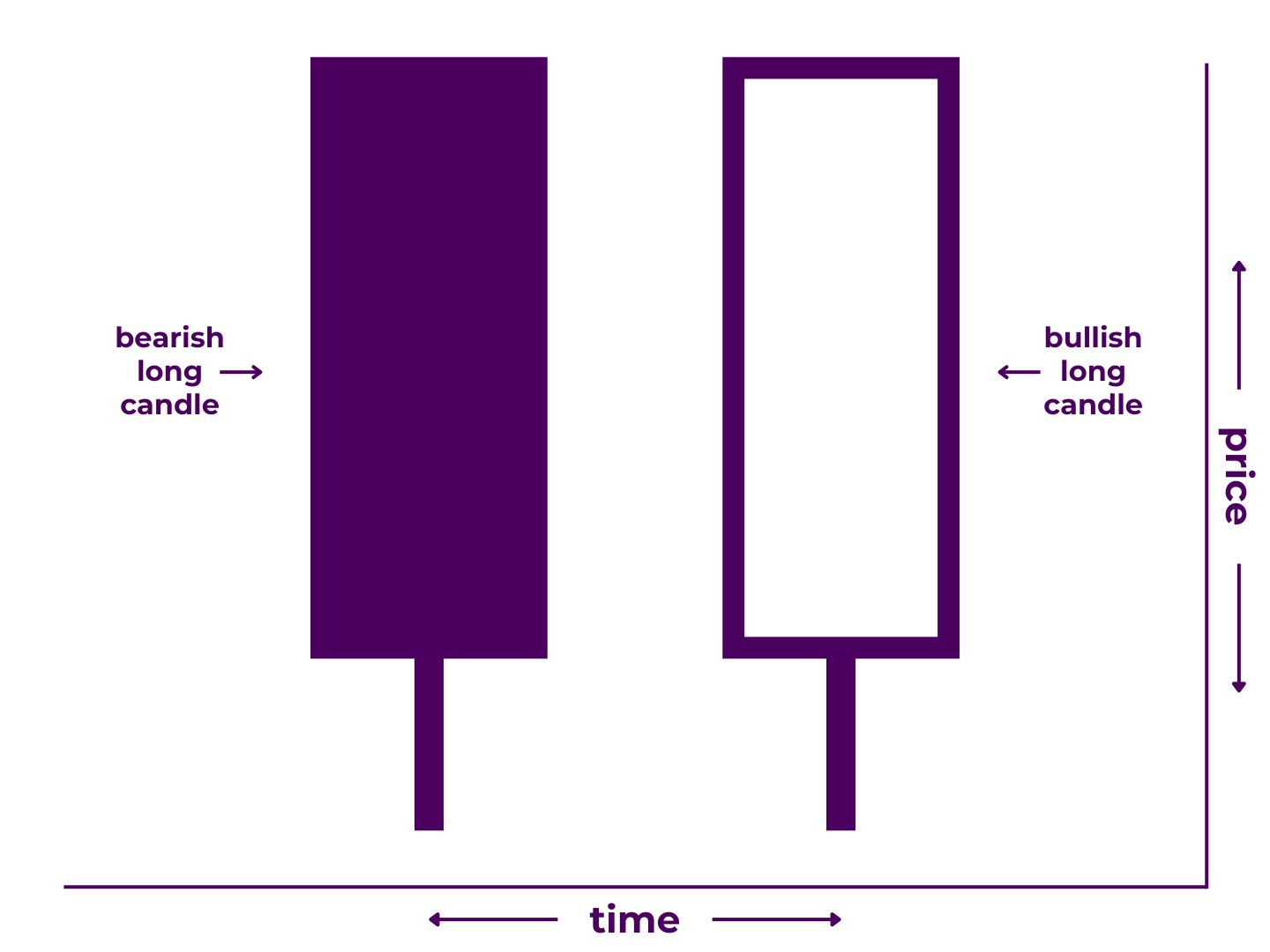
0 Comments